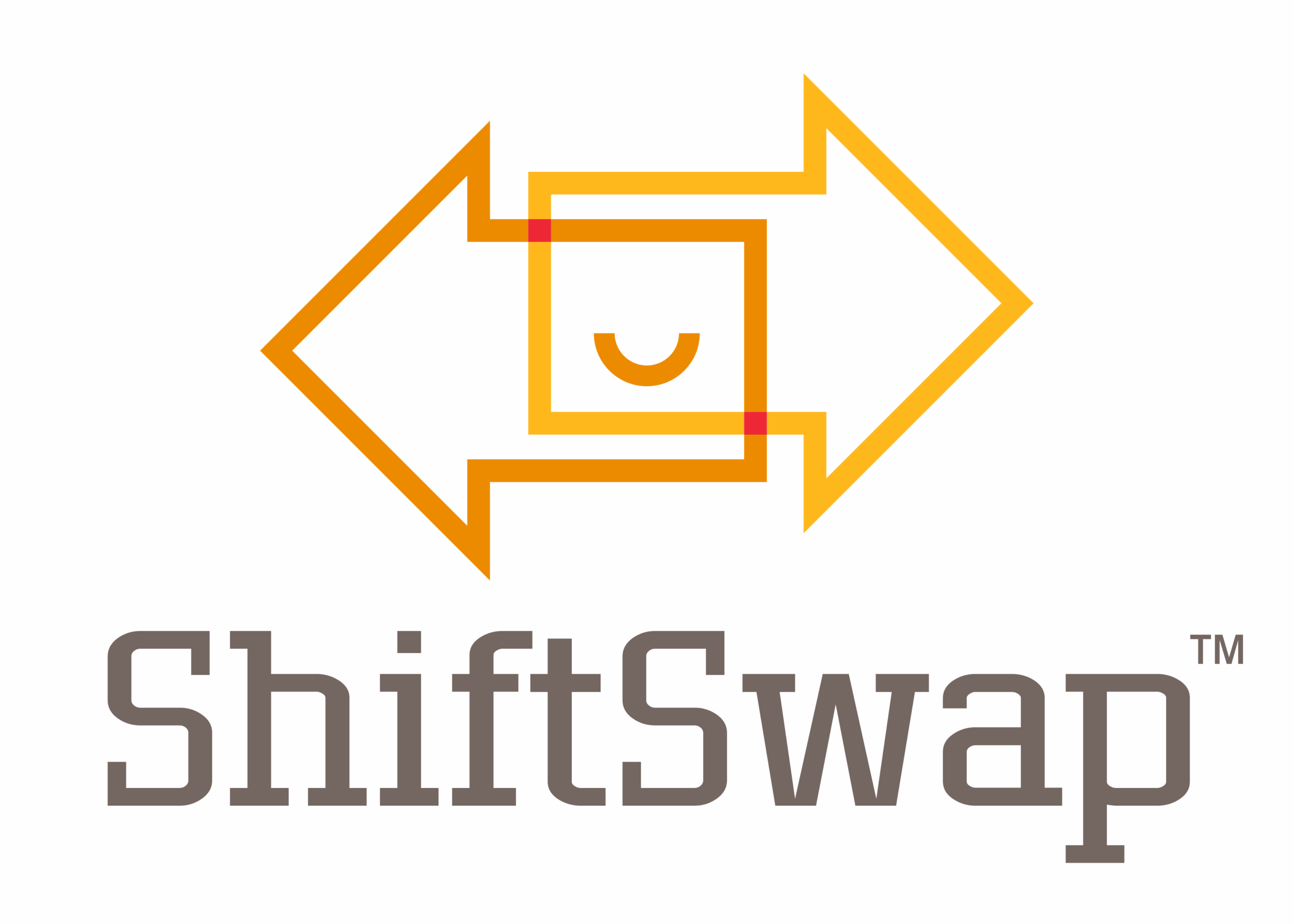How Employee Engagement Shapes Operational Success
Walk into any operation —whether it’s a warehouse, retail center, or manufacturing facility —and within five minutes you can tell what kind of environment it is. Are employees engaged, alert, and motivated? Or are they disconnected, just going through the motions?
The truth is, employee engagement in operations reveals itself almost instantly. You can see it in how associates communicate, how teams solve problems, and how efficiently work gets done. Once you learn to recognize those signals, you can’t unsee them. They tell you everything about an organization’s health.
The Workforce: Your Greatest Operational Asset
In every operation, the workforce is the driving force behind productivity and customer satisfaction. Machines, systems, and processes can only go so far; it’s the people who bring them to life. Every associate who clocks in contributes to the operation’s overall output, safety, and service quality.
Yet, despite this reality, many operations struggle with disengaged employees. Workers may show up physically but lack the motivation or connection to contribute fully. The cost of disengagement is significant, including higher absenteeism, slower output, and increased turnover, all of which drain efficiency and profitability.
The good news? Engagement isn’t static. With awareness, leadership can turn it around.
Step 1: Building Awareness of Engagement Levels
The first step toward improving employee engagement in operations is awareness. Many leaders assume their workforce is engaged simply because people show up on time or meet basic performance metrics. But engagement runs deeper.
Leaders should ask:
- Do employees feel their work matters?
- Are they given opportunities to contribute ideas?
- Do they feel valued and supported by management?
Gathering honest feedback, through surveys, one-on-one conversations, or even quick floor walks, can reveal the real narrative. Awareness allows leaders to spot disengagement early, before it becomes a cultural issue.
Step 2: Understanding the Drivers of Engagement
Once you know where your team stands, the next step is identifying what drives engagement. The main drivers typically include:
- Communication: Transparent and consistent communication helps employees feel informed and trusted.
- Recognition: People want to know their work is noticed. Regular acknowledgment of effort fuels motivation.
- Flexibility: Providing autonomy and flexible shift options empowers workers and reduces burnout.
- Growth Opportunities: Employees stay more engaged when they see a path forward, whether through training or advancement.
When leadership understands these drivers, engagement becomes something they can actively influence rather than something that happens by chance.
Step 3: Measuring and Adjusting
Engagement initiatives aren’t one-and-done projects. Operations must continually measure whether the actions they’ve taken are making an impact. Are absentee rates dropping? Are employees volunteering for extra shifts? Are turnover rates improving?
Using real-time data to measure these metrics helps leaders see what’s working and where adjustments are needed. The ShiftSwap platform makes this process easier by digitizing workforce communication, shift management, and flexibility. These are all key components for maintaining high-performing teams.
Ultimately, engagement is about alignment. When employees feel connected to the company’s mission, supported in their roles, and trusted to make decisions, operations thrive.
The Ripple Effect of Engaged Employees
Engaged employees go the extra mile in their tasks, elevating the entire workplace. They communicate better, help teammates succeed, and drive innovation from within. Operations with high engagement rates consistently see:
- Reduced absenteeism and turnover
- Improved safety and productivity metrics
- Stronger morale and collaboration
- Better customer outcomes
That’s why employee engagement in operations is more than a human resources concept.
Engagement Defines Performance
Every operation has a choice: treat engagement as a metric to track or as a mindset to cultivate. The most successful leaders do the latter. They remain aware, understand their people, and constantly measure the pulse of their workforce.
Engaged employees are happier and, in turn, make operations faster, safer, and more efficient. For today’s leaders, that’s the real competitive advantage.

